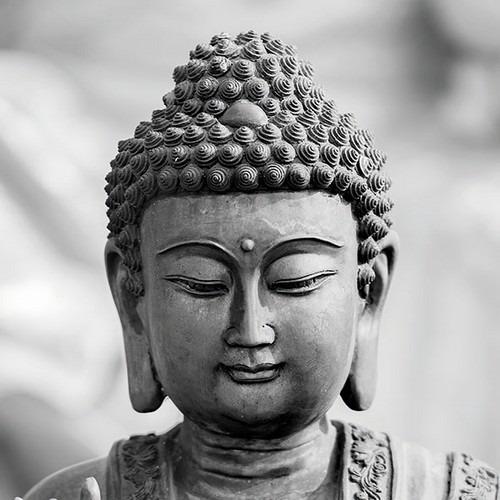SEGAGAGA - BONKERS SWAN SONG FOR THE DREAMCAST (セガガガ)
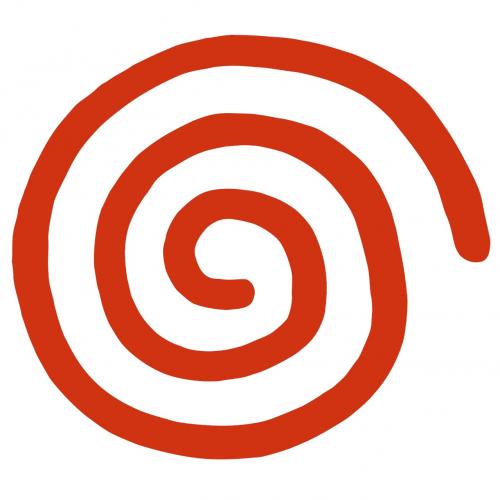
One of the most iconic and mysterious games on the Dreamcast. Segagaga, is one of the systems rarer titles due to its late release at the end of the system's lifespan back in 2001. It was initially sold online through the now defunct Sega Direct and later went onto enjoying a small commercial release in Japan.
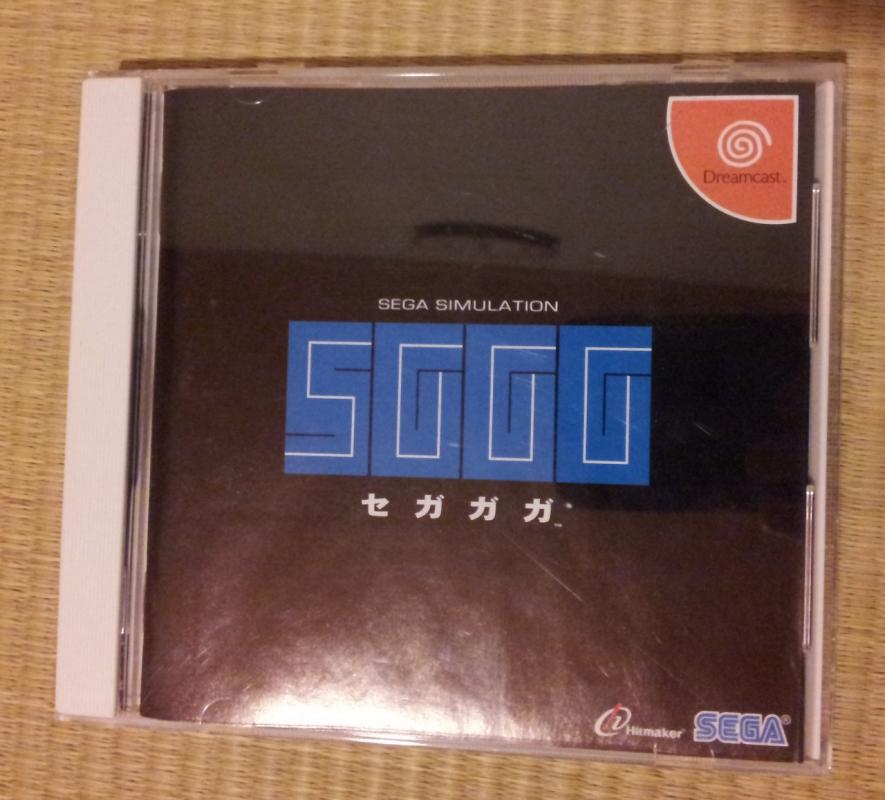
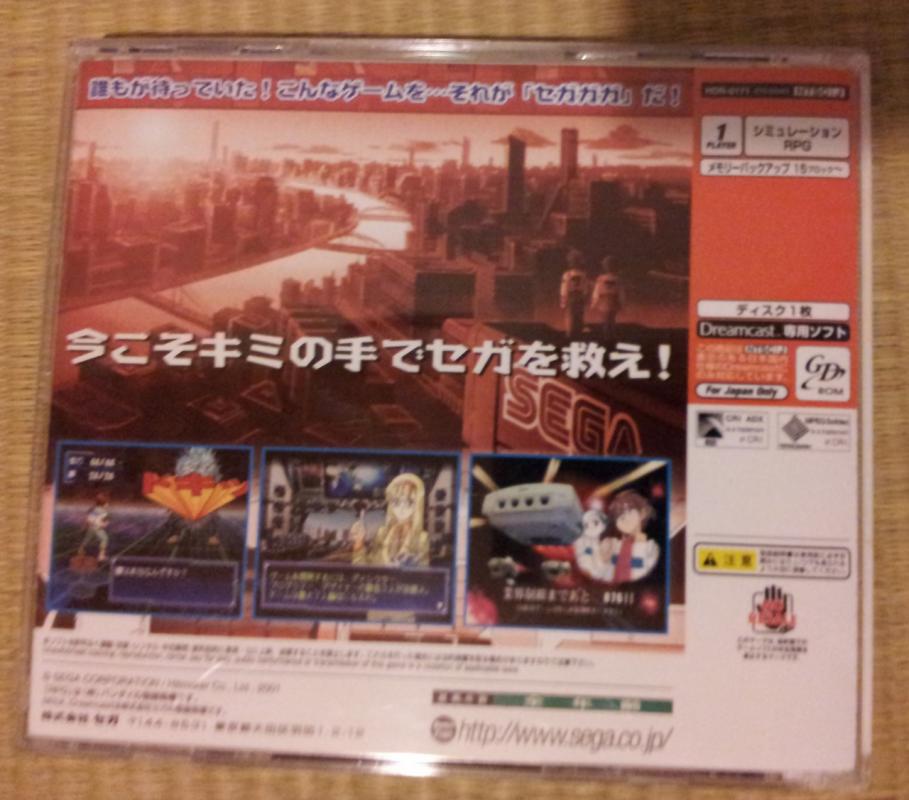
SGGG (as is it known for short)is an RPG style game developed by Tez Okano, of Thunderforce IV/ Gunstar Super Heroes fame, and set in the year 2025, a time in which the gaming industry is controlled by Dogma, a faceless Sony-like corporation that eats up rival companies and dominates the market to the tune of a 97% share with their relentless advertising, and shameless sequels. You play as a young teen Sega Taro, somehow inexplicably (revealed why later in the story) hired by Sega to recruit a team to develop innovative games that will hopefully sell by the bucket load and destroy Dogma. However, making a revolutionary game won’t be easy as you are told quite early on by a member of the management in this hilarious outburst.
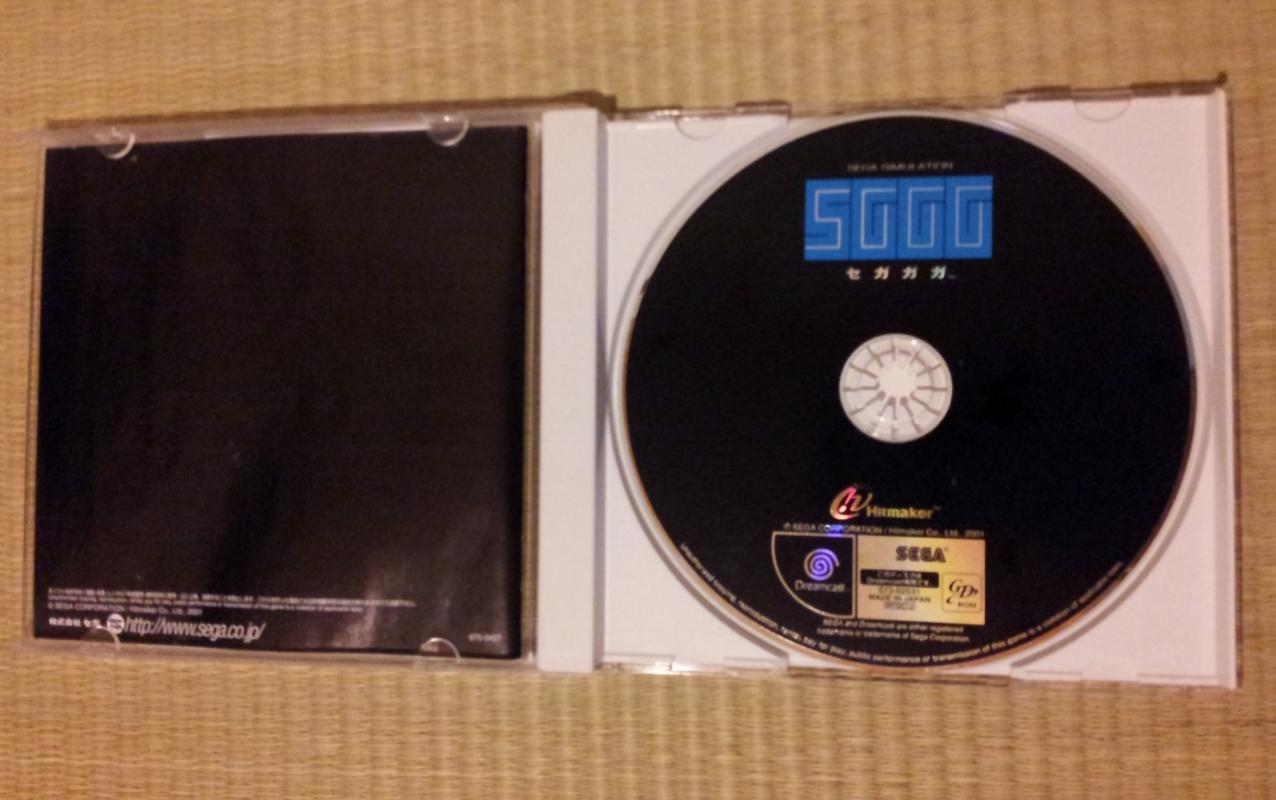
"Games are nothing more than mere products! You examine popular market trends, churn out nearly identical titles, and then you rake in the dough! Imitate our competitor's top sellers - that's the golden rule! Throw away your emotions and become a mindless machine. This is how you make successful games."
"But I want to make totally innovative games that nobody has ever seen before," your character pleads.
"Innovation? How foolish! Who will take responsibility if the game flops?"
"But if we do it your way, we'll never attract new customers. Surely it's worth giving a shot?"
"You know nothing about the business, boy! I'll teach you the harsh reality of the corporate world!"
Aaah, I imagine this is how every meeting at EA or Ubisoft no doubt pans out. Anyway, after you are briefed on your initial mission you need to start looking for a development team. Most of the initial sections of the game are spent in the three dungeons (the games R&D labs) were you battle against a hoard of directors, programmers and designers who have transformed into monsters due to overwork, as explained to you by the President’s aide, Elisa.
"Game development is a very special job that requires a very special person. The high stress levels often drive our staff members to become...subhuman! They're violent and need to be caged. But we need them to make good games. This is the unfortunate truth of the game industry."
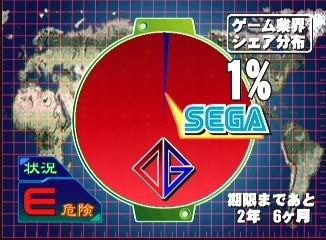
In the dungeons, you come across all of the typical elements expected of a Japanese RPG; turn-based battles, leveling up, potions, and fetching quests. The battle segments themselves consist of shouting matches between your character and your opponent in which you hurtle insults and commands, "Have you been home this week?", "Get a shower!"
Overall, they are never too demanding as your character levels up quickly enough to ensure even the strongest boss battles are as taxing as opening an email. There is also a run button option to allow you to skip all of the unnecessary battles, just be aware you will also miss out on the vital cash these battles bring. Once you have defeated an enemy they will most probably come to you for a job.
You have around 10 seconds to answer as variety of questions with most of them related to salary. You need to correctly answer their questions while trying to offer them the lowest possible salary. The stronger characters require you to pass a significantly more amount of correct answers than a weak level programmer.
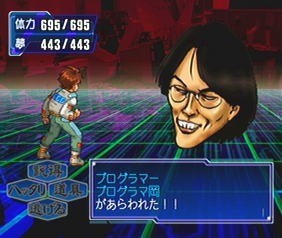
Quests are littered with fairly Japanese eccentric humour and Sega related trivia which may be unintelligible to the average Western gamer. During one mission you have to unite the R&D Lab B area’s development teams, which although once produced games in unison, are broken up into three rival groups (mimicking AM1, AM2 & AM3). Each team tries to give its own take on the demands of the director who delivers his messages through the medium of a giant red lobster clutching a Dreamcast. Without spoiling the game to much, subsequent events lead to you uniting the three groups and finally the red lobster flying up into the air while making car noises and shouting, “FREEEEEEEEEEEE!”
Now, on my first play through I really didn’t understand why the heck a giant lobster was symbolizing a car, I got the Yu Suzuki link as director, but what about the lobster? Well, it appears that due to licensing issues and a limited budget (Okano was given a budget of $200,000 to create the game, which was infamously known for being "less than a hundredth of that of Shenmue”) they had to change the red Ferrari which symbolized AM2 with a shrimp. In Japanese, ‘car’ is ‘kuruma’, and there is a popular shrimp, or ‘ebi’, that is called ‘kuruma ebi’! Hence, the link! Shame the actual in game character was a lobster then?
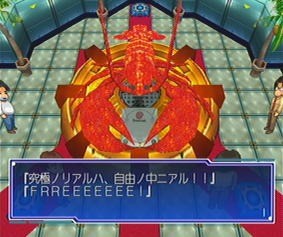
Once you have assembled your team you are almost ready to produce your game. First, you need to visit one of the few game's shops to purchase stat buffing items. Each shop has their own unique items, the Akihabara (The ‘Electric’ Town in Tokyo where gamers traditionally hangout, although not so much these days) obviously has the more obscure or pervy items, while the company shop has Sega related items such as a Ryo Hazuki style jacket which increases your stats.
Depending on where you are in the game and how much funds you have, you can have anything from 1-3 development teams ongoing at any one time. These development sections are small simulation games were you micromanage each of the staff’s fatigue, compatibility, and general happiness by handing out status changing items such as pictures of pretty girls or energy drinks, or giving inspirational speeches or specific orders, in an attempt to try and produce the best game possible in the given time.
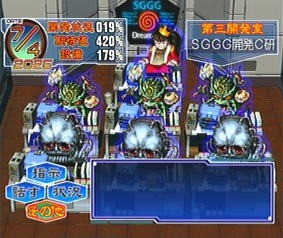
Each staff member has their own unique personality with some preferring an authoritative approach while others a more cheerful style. The most important role is of course the director, and this is the role that you must analyze the most. The Director determines what type of game will be made and when it's going to come out. There's the speedy but low quality director, the middle of the road kind, and the one’s that take forever but produce magnificent games.
There are numerous unexpected events that can happen during the production; staff going on strike, having breakdowns or conversely getting on like a house on fire, all of which will affect development. This part of the game is the most involving, if not at times painstakingly random (save often!) but it is a fantastic feeling when your game meets the deadline at the last minute. Unfortunately, you never really get to choose what kind of game you make.
The director will suggest a genre that he is keen to work on and while you can restart a project at any time and produce a different one, in the end the game will always turn to be an actual Sega game such as, After Burner on the Master System, or Streets of Rage on the Megadrive. I’m sure that it is not without irony that in the year 2025 Sega is still working on titles such as Afterburner to try and gain market share.
The theme song of the game is the "Segagaga March", which is a great little track that tells the player to support Sega no matter what happens. It is repeated and remixed throughout the game and you'll find yourself humming the track at times. The game also takes advantage of the Sega’s vast gaming library by using sound effects from games such as the “SE-GA” chime at the beginning of Sonic and tracks from Fantasy Zone.
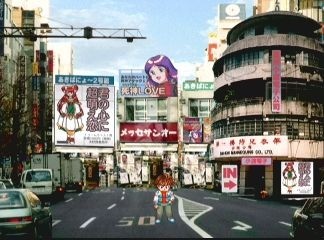
The overall visual quality of the game is pretty basic. All of the backgrounds are polygonal, while the characters are drawn in high-res sprites but with most of them having just one frame of animation, and hilariously gliding along the floor when moving. It is all part of the joke and well, the humour is undoubtedly SGGG’s main draw; there are encounters with Sega executives, out of work characters, jabs at rival companies and confrontations with Ralph Macchio of Karate Kid fame!
Macchio appears in Lab B as a standard enemy and then in Lab C in a mechanized form! Each time a character mentions an RPG, it's followed by a disclaimer that says “RPG is a trademark of BANDAI" which is a reference to a time when Bandai, quite comically, attempted to trademark the acronym. The whole game is a tongue-in-cheek look back at the history of the company during its worst. It offers jabs at a rival company and even itself, but is also a critique of the dominant way in which video games are made.
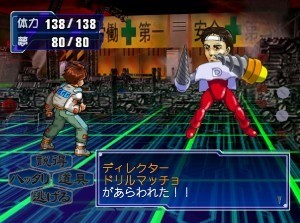
As fun as the whole SGGG experience is, it obviously belongs in the hands of the die-hard Sega fans out there as there are so many references to the company’s rich history and culture that it makes it difficult to recommend to non hardcore fans as they would simply miss out on half the appeal.
That’s not to say it is a terrible game, there is a fair amount of variety; the production sections are entertaining stuff, the later shooter sections are great, as is kicking Dreamcasts about Pengo style, but essentially the game is an RPG.
This is all part of the irony, a game which recognises the creative stagnation in the gaming industry, but is a typical Japanese role-playing game, that can only succeed because it take advantage of Sega’s lineup. I had a blast playing through it though. It feels like the perfect, if not oh-so Sega-like tragically ironic ending to what was a fantastic system. If you haven't done so already, track down a copy of this game now, it deserves to be in any Dreamcast fan's collection.











